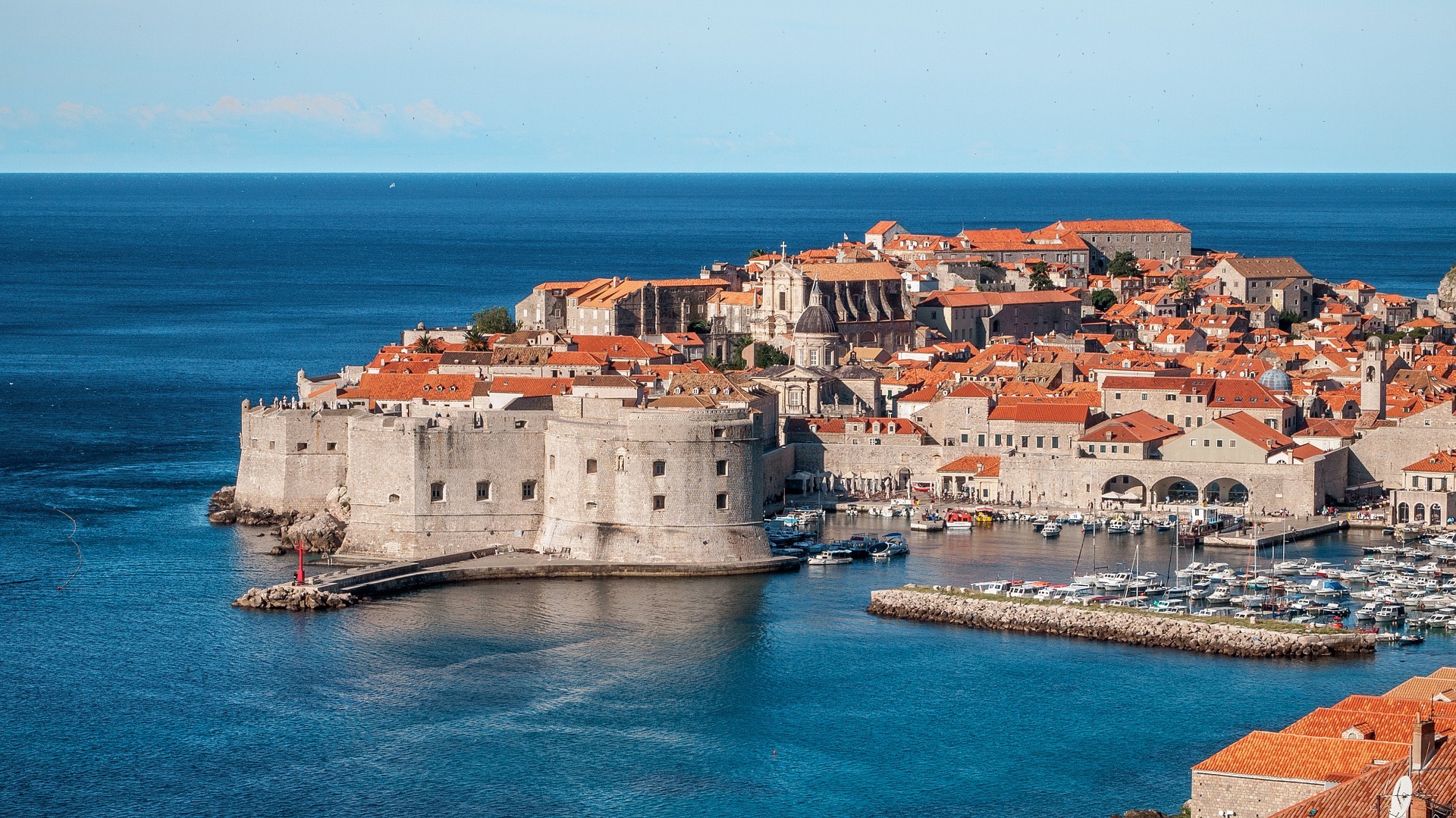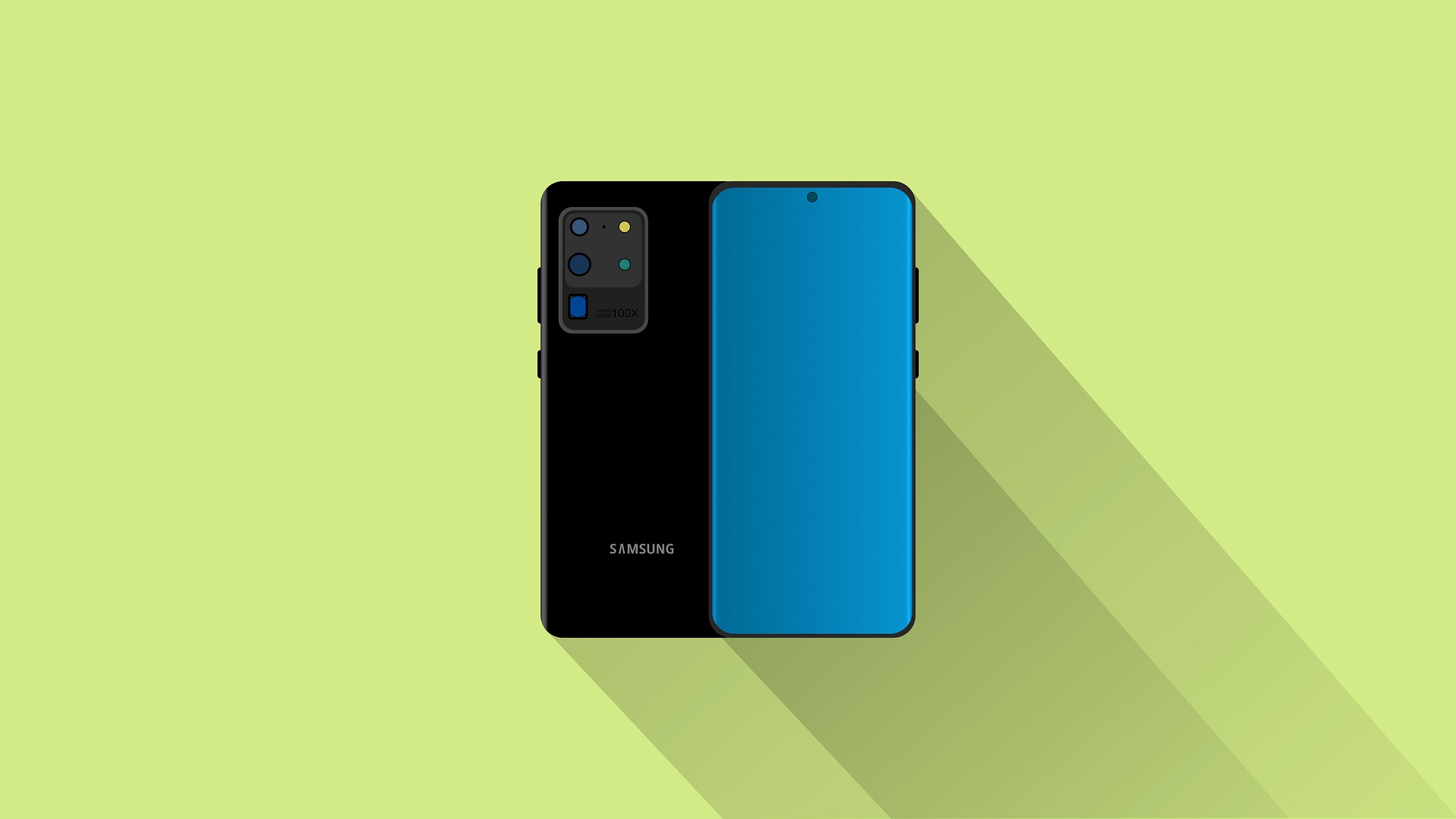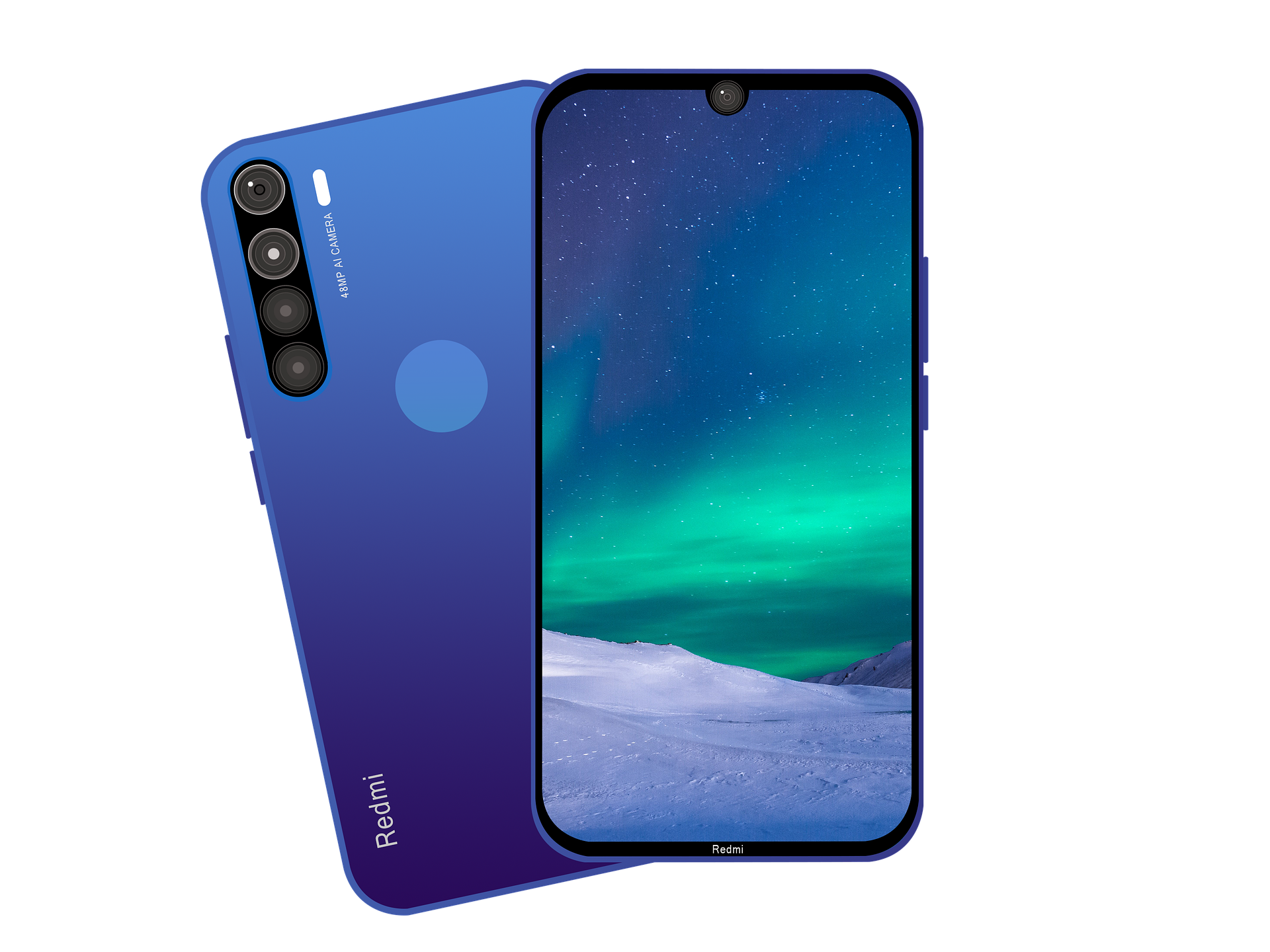Taking a holiday in Croatia can be a perfect way to find peace of mind, especially during this delicate period in history. Because of the health emergency, many people decide to rent a boat in order to explore as many places as possible.
Best attractions in Croatia
One of the first stops on the journey to Croatia is the Gulf of Kvarner, where you can observe schools of dolphins living in the Adriatic Sea and swimming among the boats in this beautiful land a few miles from Trieste. In this area it is very difficult to find luxurious palaces but it is easier to come across fishing villages that still live in a very old way, enjoying the beauty of nature.
You can visit churches, monasteries and lighthouses such as Santa Maria della Salute in Venice. It is very easy to come across vineyards stretching out towards the sea, and you can enjoy natural elements such as water and sky that create intense landscapes, characterised by the Bora and Griffon Vultures that lend an air of gracefulness to the sea.
The ancient villages of Lošinj and Unije
These two places are particularly suitable for visiting in the company of family or close friends, and thanks to the possibility of using boats that will be guided by the Mistral through the sea, it will be possible to visit the various islands, including that of Unije, which has a 19th century lighthouse, many olive groves and a small village made up only of pastel coloured houses. The next stop is the bay of Maracal on the east coast, which cannot be visited in correspondence with the Sirocco.
The oldest languages
There are signs of time in this dialect, as the presence of Venetians, Turks and Croats can be detected. It is possible to see a small chapel that from the top of the hill encompasses the entire landscape. A few miles away is Mali Lošinj, a much sought-after place thanks to its climate, cuisine and wellness centres.
In the mid-19th century this place boasted more than a hundred sailing ships and four shipyards to build them. There is a splendid bronze sculpture of Apoxyomenos, which was found after underwater fishing in 1996.
Croatian Islands
The lighthouse at Cape Kurila marks the entrance to the Adriatic harbour, where we can see everything from 19th century mansions to more natural elements such as orange and lemon palms. All this is punctuated by golden beaches, blue skies, light winds and a maritime scent. Heading south, you can beat a path to the islands of Velez Srakane and Male Srakane, where you may encounter a few local boats offering seafood, and then pass through the vineyards of Susak, where you can observe beaches dotted with seashells.
The island of Premuda, on the other hand, is continually exposed to the Bora, but retains typical features of the past that make it extremely charming. A few miles further on, the island of Pag has an indented coastline like the Amalfi Coast and is teeming with vineyards, hills and natural features. The island of Cres is a summary of the Mediterranean, where you can listen to the endless chirping of the cicadas and walk along an expansive beach of white pebbles that rise up from the cliffs.
Finally, we reach the island of Rab, through which we can access an old town with walls dating back to the 13th century, where it is possible to observe stone villages and watch impromptu concerts around bonfires.



